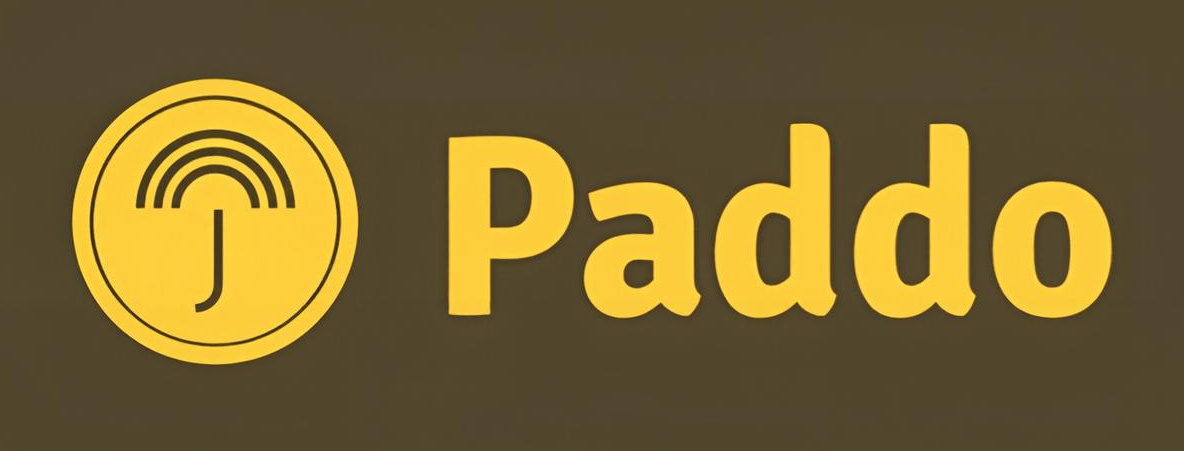Stay Interview > Exit Interview: The Power of Proactive Retention

Talent retention is a top concern for many organizations today. While Exit Interviews provide valuable insights into why employees leave, they’re often too late to prevent turnover. On the other hand, stay interviews are proactive—they focus on understanding what keeps employees engaged and identifying potential issues before they escalate.
Both approaches are important, but stay interviews offer a more forward-looking strategy to improve engagement and retention. Here are the
Top 5 Benefits of Stay Interviews:
Proactive Employee Engagement
- Stay interviews give employees a voice, helping them feel valued. Employees who feel their opinions matter are 4.6 times more likely to feel empowered to perform their best work (Gallup, 2022). Engaging employees before they consider leaving helps create a more positive work environment.
Address Concerns Before They Lead to Turnover
- With stay interviews, organizations can tackle potential issues early. 75% of the causes of employee turnover can be prevented when identified and addressed ahead of time (Work Institute, 2023). This proactive approach can significantly reduce costly turnover.
Tailor Career Development
- Stay interviews enable managers to understand employees’ career goals and provide personalized growth opportunities. Companies that invest in tailored career development see a 33% reduction in turnover (LinkedIn, 2023).
Build a Stronger Organizational Culture
- When employees feel heard and appreciated, workplace culture improves. 70% of employees report that they would work harder if they felt more recognized. Stay interviews can uncover gaps in recognition and appreciation efforts.
Lower Turnover Costs
- Replacing an employee can cost up to 200% of their annual salary (SHRM, 2022). By resolving issues before they lead to resignations, stay interviews help reduce turnover costs and ensure talent stays longer.
7 Step-by-Step Guide to Establishing Stay Interviews
Identify Key Employees for Stay Interviews
- Start by selecting employees whose retention is critical, such as high performers, long-term employees, or those in key roles.
- Start by selecting employees whose retention is critical, such as high performers, long-term employees, or those in key roles.
Schedule Regular Interviews
- Set up a consistent schedule, such as quarterly or bi-annually, to conduct stay interviews. This ensures feedback is collected proactively before dissatisfaction builds up.
- Set up a consistent schedule, such as quarterly or bi-annually, to conduct stay interviews. This ensures feedback is collected proactively before dissatisfaction builds up.
Create a Safe Environment
- Ensure that employees feel comfortable sharing honest feedback. Managers should foster a safe and confidential space where employees can express concerns without fear of repercussions.
- Ensure that employees feel comfortable sharing honest feedback. Managers should foster a safe and confidential space where employees can express concerns without fear of repercussions.
Ask Open-Ended Questions
- Focus on questions that elicit meaningful insights:
- What do you enjoy most about your job?
- What frustrates you or hinders your performance?
- How can the company support your career goals?
- Is there anything that would make you consider leaving?
- Focus on questions that elicit meaningful insights:
Act on Feedback Quickly
- The effectiveness of stay interviews depends on taking timely action. Implement solutions based on the feedback received, whether it’s offering new development opportunities, adjusting workloads, or enhancing recognition programs.
- The effectiveness of stay interviews depends on taking timely action. Implement solutions based on the feedback received, whether it’s offering new development opportunities, adjusting workloads, or enhancing recognition programs.
Track Trends and Adjust
- Regularly review the feedback to spot common themes or recurring issues. Adjust your strategies based on these insights to ensure long-term employee satisfaction and retention.
- Regularly review the feedback to spot common themes or recurring issues. Adjust your strategies based on these insights to ensure long-term employee satisfaction and retention.
Integrate with Exit Interviews
- Use data from exit interviews to refine stay interview questions. This will help uncover blind spots that might not be evident in stay interviews alone, creating a comprehensive approach to understanding both current and departing employees.
The Role of “Exit Interviews” and Connecting Them to Stay Interviews
While stay interviews are proactive, exit interviews still play a crucial role in understanding why employees choose to leave. They provide valuable insights into organizational weaknesses and help identify trends that may not surface in stay interviews alone. By connecting both processes, organizations can create a comprehensive feedback loop: exit interviews highlight issues that can be addressed in stay interviews, allowing managers to continuously improve the employee experience based on real-time and retrospective data.
